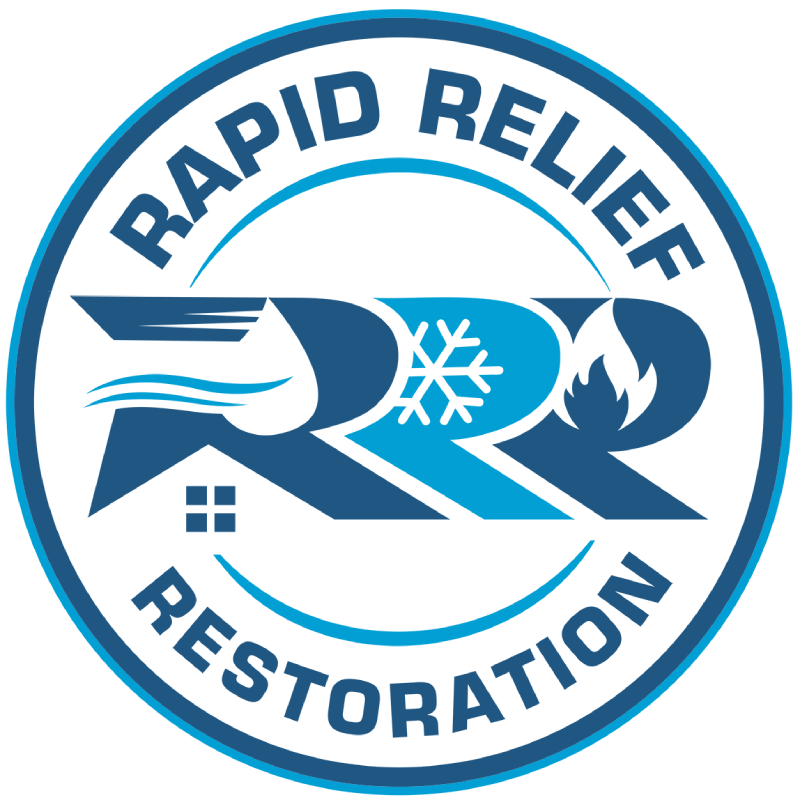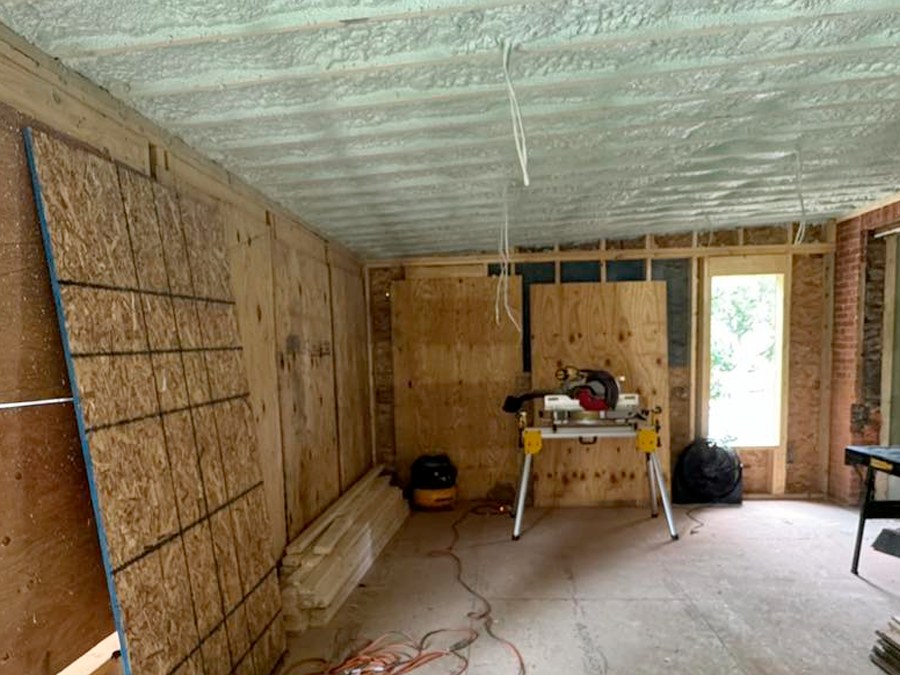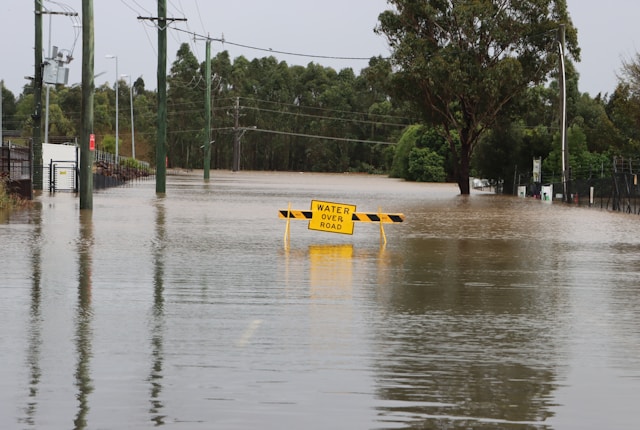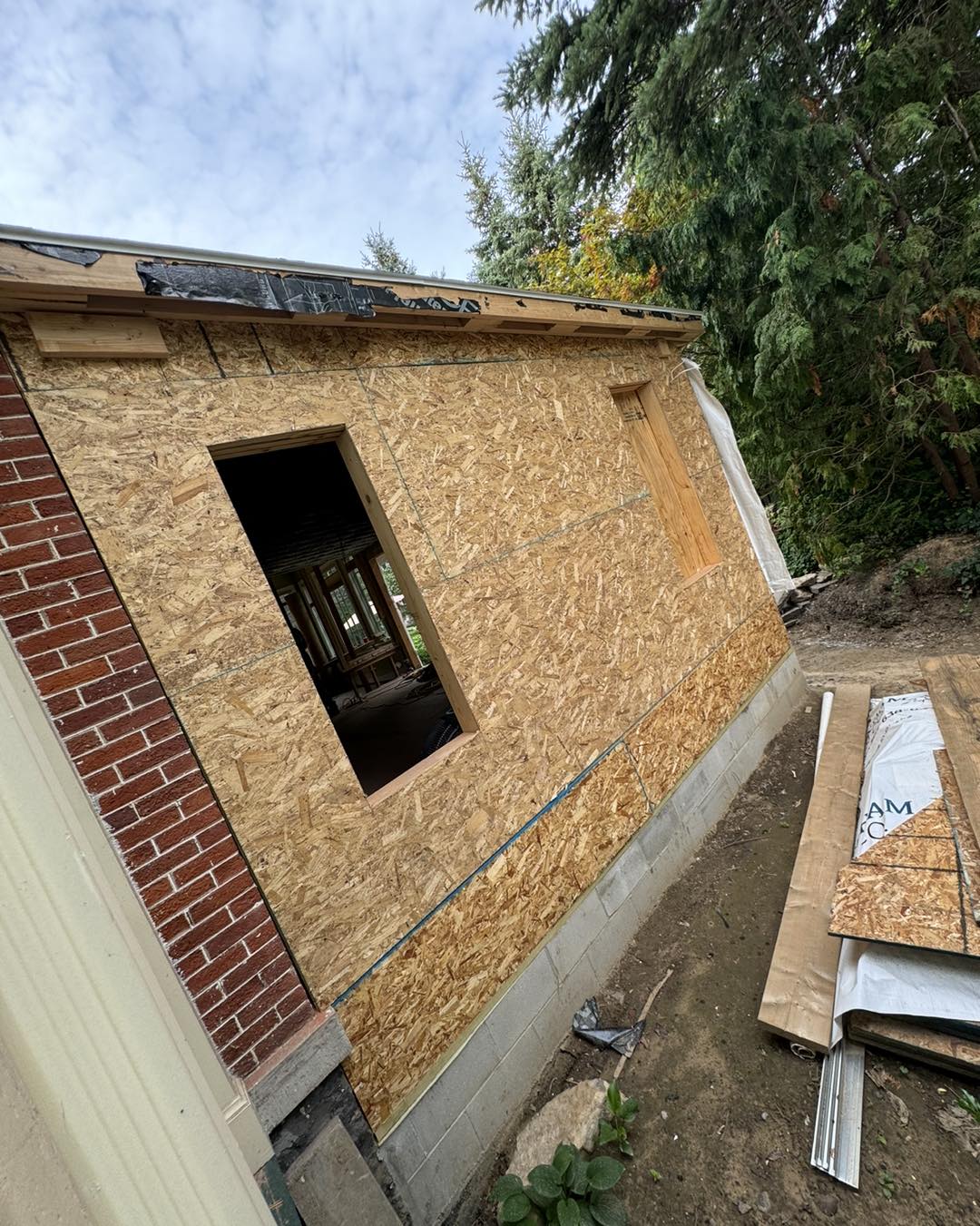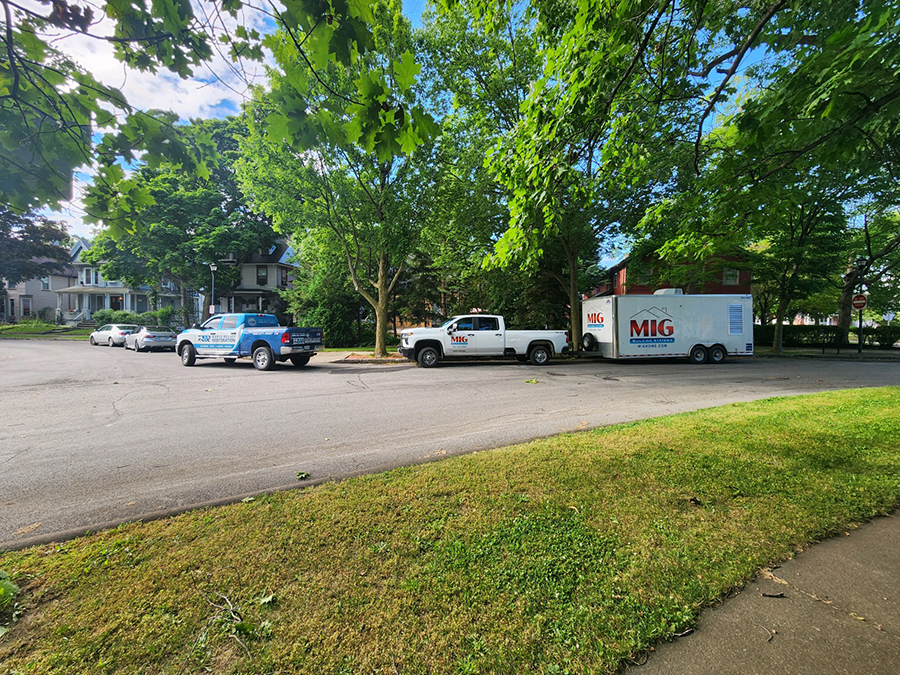Blog
The Homeowner's Playbook for Emergency Flood Response and Recovery
Floods can strike with little warning, leaving homeowners in a state of uncertainty and distress. Knowing how to respond effectively can not only mitigate the damage but also expedite the recovery process. This playbook is designed to guide you, the homeowner, through the essential steps of emergency flood response and recovery.
1. Immediate Response: Safety First
Assess the Situation
- Evacuate if Necessary: If local authorities recommend or mandate evacuation, do so immediately.
- Electrical and Gas Safety: Turn off the main power and gas lines to prevent accidents.
Protect Yourself and Your Family
- Wear Protective Gear: In case of re-entry, wear waterproof boots, gloves, and a mask.
- Avoid Contaminated Water: Floodwater can be contaminated with sewage or chemicals.
2. Document the Damage
Before Cleanup
- Take Photos and Videos: Document all areas affected by the flood for insurance claims.
- List Damaged Items: Make a comprehensive list of damaged property.
3. Begin the Cleanup Process
Water Removal
- Remove Standing Water: Use pumps or wet vacuums to remove water.
- Dry Out: Open windows and use fans and dehumidifiers.
Salvage What You Can
- Prioritize Valuables: Quickly save important documents, photographs, and irreplaceable items.
- Clean and Disinfect: Thoroughly clean all surfaces to prevent mold growth.
4. Prevent Mold Growth
Act Quickly
- Remove Wet Items: Carpets, furniture, and bedding can harbor mold.
- Use Mold Control Products: Apply products designed to prevent mold growth.
5. Contact Your Insurance Company
Start the Claim Process
- Report the Flood: Notify your insurance company as soon as possible.
- Provide Documentation: Share your photos, videos, and list of damaged items.
6. Seek Professional Help
Restoration Services
- Hire Experts: Consider hiring a professional restoration service like Rapid Relief Restoration.
- Structural Repairs: Have professionals assess and repair structural damage.
7. Plan for the Future
Flood-Proof Your Home
- Install Flood Barriers: Consider sump pumps, seals for basement walls, and other flood-proofing measures.
- Review Insurance Coverage: Ensure your policy covers flood damage adequately.
Emergency Preparedness
- Create an Emergency Kit: Include essentials like water, food, first aid, and important documents.
- Develop an Evacuation Plan: Know where to go and what to do in case of future floods.
In Conclusion
Floods are challenging, but being prepared can make a significant difference in how you respond and recover. Remember, safety is paramount, and acting swiftly to mitigate damage is crucial.
Don't hesitate to reach out to professionals like Rapid Relief Restoration for assistance in restoring your home to its pre-flood condition.
With the right approach, you can navigate through these tough times and emerge stronger and more prepared for the future.
‹ Back
